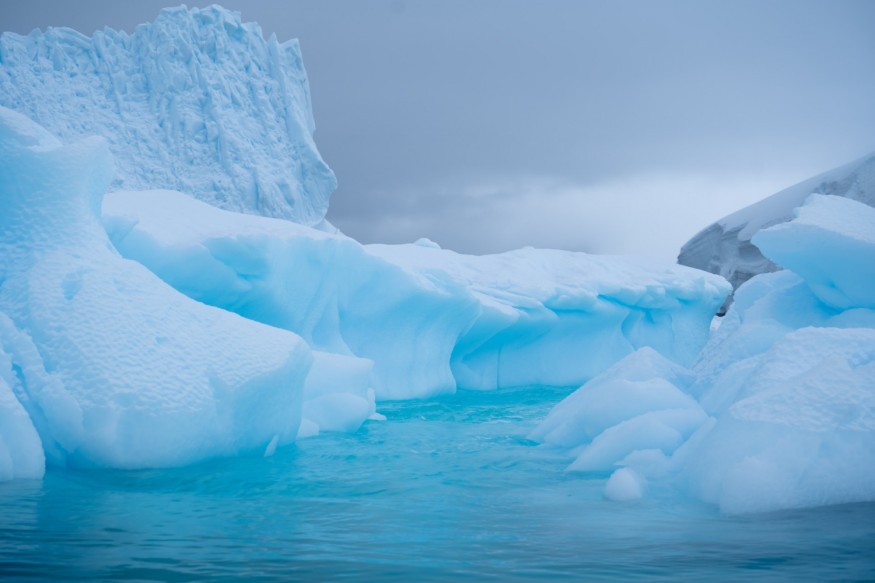Antarctica is a land mass and an icy continent that we know today. Filled with massive glaciers and ice sheets, the Antarctic region of the South Pole and its surrounding areas freezing temperatures not seen in places near the Earth's equator.
Amid the threat posed by climate change and global warming, the said continent remains a bastion of large ice structures in the southern part of the world.
While Antarctica, as far as modern history is concerned, remains an uninhabited part of Earth, it has not always been covered with ice. Previous research shows the continent was not a frozen wasteland for nearly 100 million years. However, a drastic climate shift occurred 34 million years ago, between the transition of the Eocene and Oligocene geologic epochs.
Now, a new study by an international research team discovered that Mississippi mud potentially holds clues as to how ancient Antarctica formed and expanded. The recent paper also confirms previous assessments that the icy continent was once a land teeming with animals, plants, and other lifeforms before it was frozen approximately 34 million years ago.
Mississippi Mud

In the study published in the journal Nature Communications on August 8, the international research team led by scientists from the University of Birmingham studied the mud material from cores drilled near the city of Jackson, Mississippi. Clues about the sediment reveal how large ice sheets on Antarctica were also found in the mud cores.
This confirms the occurrence of a natural climate cooling event called, the Grand Coupure (which means "great cut" in English), on Earth 34 million years ago during the Eocene Oligocene transition. During this period, carbon from plant remains in coastal areas was transferred into the atmosphere. This occurred when sea levels decreased by 40 meters when the Antarctic ice caps formed.
To arrive at their conclusion, the team analyzed marine clays at a depth of around 137 meters and compared them to other related records taken from the middle of the Pacific Ocean.
Grand Coupure
Coastal environments and their soft sediments were exposed to the atmosphere when sea levels decreased due to strong erosion caused by rain and rivers. With this, organic carbon and plant material were exposed to the atmosphere's oxygen, which was then used by bacteria to consume and convert into carbon dioxide back to the atmosphere, according to the Nature Communications study.
Aside from its role in the formation of the frozen Arctic continent, the Great Cut Event also threatened many species at that time, leading to the mass extinction of land animals, marine organisms, and plants in different parts of Earth, including Europe and Asia.
Based on a research article published on ResearchGate, the Grande Coupure allowed for a major terrestrial faunal turnover in Eurasia in the context of a global climate shift during the Eocene Oligocene transition. As a result, endemic mammals during this catastrophic event went extinct, allowing for the emergence of new animals in Asia.
© 2026 NatureWorldNews.com All rights reserved. Do not reproduce without permission.





